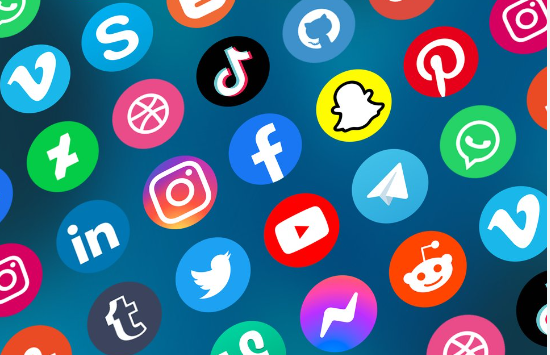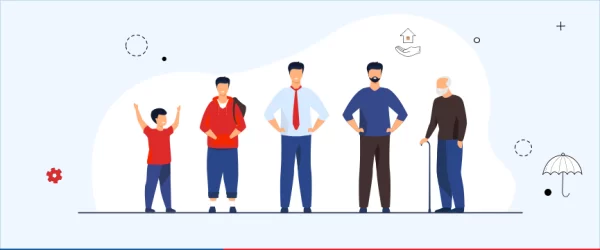Technology in the classroom can be overwhelming for some
When the average person thinks about technology, they envision something that is a huge part of everyday life. Over the years, technology has evolved immensely, and it’s almost impossible to go somewhere that does not utilize technology in some way. Although technology is a vital part of the average person’s life, there is rising concern of a potential overuse of technology in learning environments and schools.
Olympic Heights English teacher Ms. Terri Nixon explains, “We live in an information age, and with gadgets, we have more power under our fingertips than we ever have in any generation. I appreciate the technology, but I do see some disadvantages of it in the classroom.”
Research has revealed that more than 60% of schools and colleges in the world are using modern devices such as laptops and tablets as a means of teaching. While this may seem beneficial in some ways, this excessive use of technology is contributing to technology addictions in young people. In fact, both teachers and students have reported feeling fatigued from an overuse of technology throughout the day.
With many online learning platforms and assignments, students are constantly looking at screens, which can lead to a lack of socialization with peers and others outside of school. This can have a negative effect on students, as a huge part of school is the social interaction aspect, where students learn vital social skills that they will use later in life. Technological advancements have almost completely replaced face-to-face interactions in a traditional classroom setting.
OH sophomore Ainhoa Martino explains, “I think it [technology] has more negative effects on students, but more positive effects for teachers. It’s easier for teachers to grade, read students’ assignments, and teach overall, but using technology can make it difficult for students to understand what they’re being taught or make taking tests harder.”
Technology has also impacted how students learn, as students are often easily distracted by using technology for entertainment rather than its intended purpose. Additionally, integrating technology can be very tedious for younger students, as there is a learning curve when navigating online platforms and websites. This negative aspect of technology can make learning seem unenjoyable and time consuming, especially for students that have already established learning delays.
Though technology can seem much more complicated than the traditional “pencil and paper” way of learning, it is clear that these technological advancements have proven beneficial in many ways as well. Using computers and online platforms for completing assignments reduces the use of paper and other natural resources. Additionally, technology has introduced new methods of learning which, in some cases, has proven to excite and motivate students to learn.
“Personally, I prefer the traditional method because it allows me to practice what I’m learning, and it makes it easier for me to check my notes or work,” Martino continues. “Though, I do like the convenience of bringing a laptop to class rather than 12 notebooks everyday. I guess I like the traditional method for studying, and the online method for classes.”
All in all, technology has not only become a part of everyday life, but also a part of academic life. Being well-rounded in multiple methods of learning is proven beneficial for the futures of students, as having up-to-date knowledge allows people to navigate the world in a more efficient way. However, using technology as a main way of learning has negatively impacted the development of social skills, concentration levels, and health problems caused by excessive screen time.
“Progress is ahead of us, never behind. So we honor the past, but we can’t live in the past. We must learn how to remain relevant and current,” Nixon concludes.











